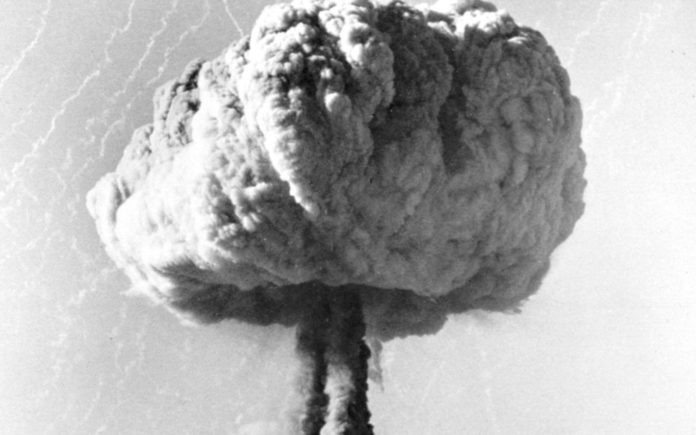An area of South Australia remained contaminated following British atomic tests at Maralinga during 1955-1963. Of importance is the long-lived 239Pu, of which some 24 kg was explosively dispersed in several ‘minor trials.’
Along with plutonium (Pu), uranium was also dispersed in the form of a tiny ‘hot’ radioactive particle. According to scientists, these highly radioactive particles persist in soil.
Previously, scientists had a limited understanding of how Pu was released from these “hot” particles into the environment.
In a new study, scientists from Monash University suggest that the particles are more complex and varied than previously thought. It means the processes which slowly release Pu into the environment are also much more diverse and complex.
Lead study author Megan Cook, a Ph.D. student from the Monash University School of Earth, Atmosphere, and Environment, said, “The British detonated nine nuclear bombs and conducted hundreds of nuclear tests in outback South Australia between 1953 and 1963. The resulting radioactive contamination and cover-up continue to haunt us.”
Study co-author Associate Professor Vanessa Wong said, “The results of our study profoundly change our understanding of the nature of hot particles at Maralinga – despite the fact that those were some of the best-studied particles anywhere in the world.”
Using synchrotron radiation, scientists were able to decipher the physical and chemical make-up of the particles. They then used a nano-sized ion beam to dissect some of the hot particles. Later on, they characterized the complex make-up of these particles down to the nano-size in exquisite details.
Scientists demonstrated that the complexity of the hot particles arose from the cooling of polymetallic melts from thousands of degrees Celsius in the explosion cloud during their formation.
Corresponding author Dr. Barbara Etschmann said, “We found that the particles contained low-valence plutonium-uranium-carbon compounds that are typically highly reactive, yet, had been stabilized in the hot-particle matrix for nearly 60 years.”
Journal Reference:
- Cook, M., Etschmann, B., Ram, R. et al. The nature of Pu-bearing particles from the Maralinga nuclear testing site, Australia. Sci Rep 11, 10698 (2021). DOI: 10.1038/s41598-021-89757-5
